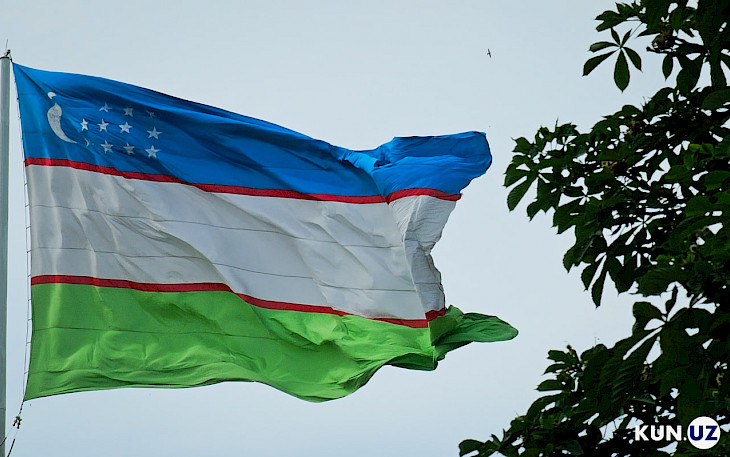As of July 1, 2024, Uzbekistan's national debt has surpassed $37 billion for the first time. This information was posted on the official website of the Ministry of Economy and Finance, reports Kun.uz.
$30.9 billion of the national debt is external debt, while $6.1 billion is internal debt.
Compared to the first quarter of 2024, the national debt increased by $1.679 billion. Its share of GDP also grew by 1.5%, from 31.7% to 33.2%.
For comparison, as of July 1, 2023, the national debt was $31.628 billion. Over the year, this figure increased by $5.4 billion or 17%.
Uzbek debt is growing rapidly
In recent years, Uzbekistan’s external debt growth rate has sharply increased. In 2017, the national debt was $11.6 billion, but by the end of 2023, it had reached $34.9 billion, tripling in size.
Where were the borrowed funds spent?
In the first half of the year, 42% of the total national external debt ($13 billion) was allocated to support the budget, 19% ($5.7 billion) to the fuel and energy sector, 9% ($2.7 billion) to transport and transport infrastructure, and 9% was directed to agriculture and water management ($2.7 billion).
Who are Uzbekistan's creditors?
As of July 1 of this year, the distribution of the national external debt by creditors is as follows:
- World Bank – $6.7 billion;
- Asian Development Bank – $6.5 billion;
- International investors (international Eurobonds) – $4.2 billion;
- Chinese financial institutions – $3.8 billion;
- Japanese financial institutions – $2.5 billion;
- Asian Infrastructure Investment Bank – $1.3 billion;
- Islamic Development Bank – $921 million;
- French financial institutions – $823 million;
- Korean financial institutions – $735 million;
- International Monetary Fund – $735 million;
- State Bank of Germany – $268 million;
- European Bank for Reconstruction and Development – $226 million;
- Other international financial institutions – $2.2 billion.
What is Uzbekistan's debt: $37 billion or $60 billion?
External debt is divided into two types: national debt and private (corporate) debt. Currently, Uzbekistan’s national debt stands at $37 billion, as detailed above. On the other hand, if entities registered in Uzbekistan obtain external debt without a government guarantee, this is classified as private external debt. However, a significant portion of such "private" debt is held by state-owned companies. For example, Uzsanoatqurilishbank, Asakabank, and Alokabank take loans from Chinese banks to build new facilities.
If a state-owned bank or enterprise in Uzbekistan takes out a loan without an official government guarantee, it is considered a private loan. However, since this debt is taken on by a state-owned bank, it can also be classified as "semi-state" or "quasi-state" debt because the borrower is a state-owned or state-controlled entity. This debt is not included in the national debt but may impact the country's financial stability, especially when state-owned enterprises face difficulties in repaying their debts.
Both Uzbekistan’s Central Bank and the Ministry of Economy and Finance have stopped providing information about the national external debt and the total external debt in a more comprehensive and detailed report. For example, the Central Bank’s report "Balance of Payments, International Investment Position, and External Debt of the Republic of Uzbekistan" was last published following the first quarter of 2022. The Ministry’s "Overview of the State and Dynamics of National Debt" was presented at the end of the third quarter of 2022.
Both departments, in response to a request from Kun.uz, explained that the provision of expanded information was discontinued because international organizations removed the requirement for it.
According to the latest published data, as of April 1, 2022, Uzbekistan's total external debt stood at $38.8 billion (of which national external debt was $23.4 billion [now $30.9 billion], and private external debt was $15.4 billion). At that time, 76% of private external debt ($11.75 billion) was concentrated in the banking and fuel-energy sectors.
According to the International Monetary Fund, by the end of 2023, Uzbekistan’s total external debt (government and government-guaranteed debt, non-guaranteed debt of state enterprises, and private external debt) reached $53 billion, or 60% of GDP.
There is also national internal debt amounting to $6.1 billion, and considering that additional external debt was raised in the first half of this year, the total debt can be estimated to have exceeded $60 billion.
CentralasianLIGHT.org
September 30, 2024

